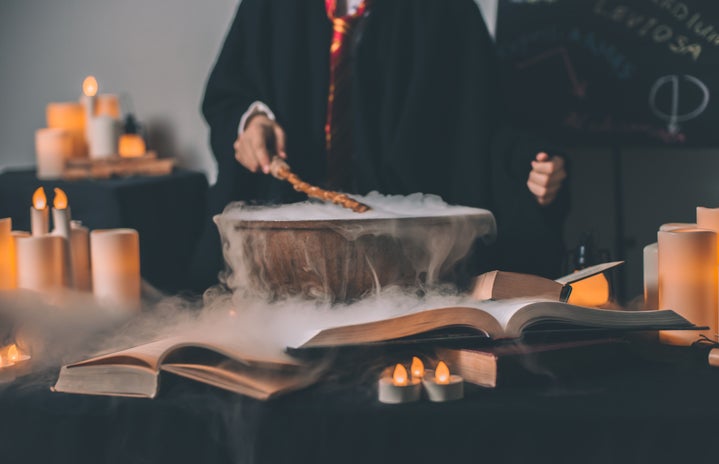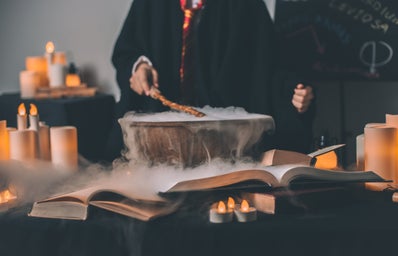The season of the green-faced, cauldron-stirring, supernatural Witch is upon us. They are everywhere in October: decorations, movies, costumes and more. Throughout history, they’ve always been someone to fear. But how accurate is this stereotype?
Contrary to popular culture, Witches aren’t “evil hags” that cause harm to others by worshipping the Devil. Witches have secretly walked among us, populating societies for years all while appearing ordinary. Today, they follow Wicca: a modern-day Pagan religion largely created by civil servant Gerald Gardner. Gardner spent most of his career in Asia observing a variety of beliefs and magical practices. Following this, he published a novel and founded his first coven of Witches. As the word slowly spread, others drew on Gardner’s writings to create their own traditions during the 1950s and ‘60s. According to Solitary Pagans by sociologist Helen Berger, Wicca was comprised of around 800,000 Americans in 2019.
So, what exactly do these 800,000 Witches follow? Let’s break down some common Wiccan beliefs and practices. It is virtually impossible to condense this complex system, so what follows is a brief selection.
COVENS
It’s true: a group of Witches is called a coven. These are often led by a leading priest or priestess and can have as few as three members, though 13 are ideal. The home of the coven is known as a covenstead, which is usually the home of the priest or priestess. However, this is not a strict rule. Times have changed, as many Witches are solitary and practice in their own backyards.
GODS AND GODDESSES
The Pagan and Wiccan religions have a variety of diverse subcategories, but most have core beliefs that honour nature and the physical world (the opposite of the Devil). To do this, many worship a god or goddess stemmed from the natural world to call upon for rituals. Numerous gods and goddesses exist: Earth Goddesses, Moon Goddesses, Sun Goddesses and many more in between. The most celebrated is the Roman goddess Diana, often regarded as “The Queen of the Witches”. She rules the moon, wild animals, hunting and fertility. However, it’s up to the individual Witch, or the collective coven, to choose which deity(s) to honour.
BELIEFS AND MORALS
When it comes to morals, Witches have unwavering rules they must abide by. The most well-known is the Threefold Law, the belief that whatever you do returns to you three times, just like a boomerang. So, if you do good, it comes back to you three times as good. There is also a Wiccan Rede, a key moral code most known by the final eight words: “an’ it harm none, do what thou wilt”. Many Witches interpret this as a guide to not only do no harm, but to actively do good. There are plenty of morals other than these that also centre around kindness, and not evil beings.
RITUALS AND SPELLCASTING
Wiccan rituals often take place with their coven assembled in a circle. They meet to worship their chosen deity(s) to ask for what is needed and to thank them for what they have given. Considering spellcasting, Witches are not suggesting they shoot magic out of their hands. In actuality, Witches believe that everything radiates energy. Every material, plant, fragrance – virtually anything you can think of – possesses power. Harnessing this energy, Witches attempt to manipulate it to achieve their goal. It can be incredibly complex or incredibly simple. For instance, some believe that blowing out your birthday candles or wishing on a star are spells. Other practices include astrology, healing, divination, and more.
ARE YOU A WITCH?
If you’re reading this and have resonated with Wiccan beliefs and practices, I have good news: anyone can become a witch! Some covens have initiation rituals where you will be welcomed and trained, while others believe you can initiate yourself by simply deciding to become one. It’s up to you to decide what to follow. Have fun and go break some stereotypes!


